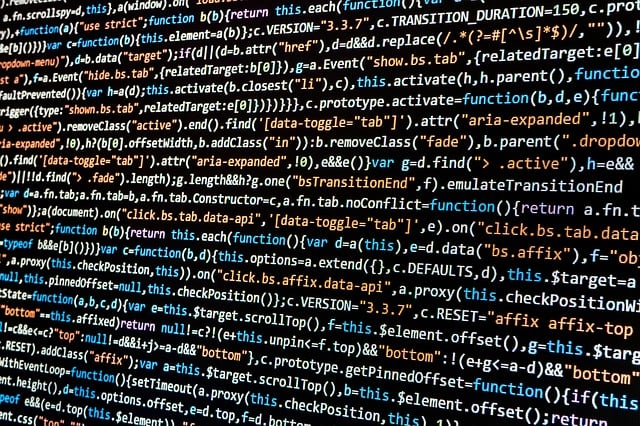Picasso Had His Canvas; I Have My Low Code Software

Written By: Jack Bennett
Programming is art. I first heard that concept in college when a friend of mine, who was a computer engineer, tried to convince me of the artistic expression he’d displayed by solving an aspect of the project we were working on in remarkably few lines of code. I rejected the idea, partly because I believed it besmirched art and the artistic process; something I’d run into frequently going to a tech school and majoring in engineering. But perhaps I was wrong. Maybe I still wouldn’t say that the final product is art, but I’ve come to find that the process of software development mirrors the creative process used to create beautiful works of art. Therein lies my passion for what I do.
There are two worlds that exist when you begin a programming project. There’s the seedy underworld of ideation that exists in chaotic thought in your head and on a PowerPoint and within the crisscrossing of lines on an illegible data relationship diagram. It’s vibrant and colorful. It’s a music number in an animated Tim Burton film. And then there’s the sterile white screen of an empty programming software (I’m not using dark mode to drive home this juxtaposition). It’s overwhelming, it’s daunting, to find a way to connect that chaos to tangible, solution-oriented features. And it’s beautiful.
That concept is a lot easier to grasp in custom code, because the possibilities are infinite. There are as many ways to translate your chaotic ideas to features as there are Stack Overflow articles on how to do stuff in coding. And for the unfamiliar, there’s a lot of Stack Overflow articles on how to do stuff in coding. But I work in low code. There’s this fallacy that low code stifles the creative process by severely limiting the possibilities. It’s a fallacy that I believed as a novice, and perhaps I’m writing to my past self to silence his biggest doubt as he considered getting into this industry.
I’m going to use a metaphor that a low code developer would resent. Developing in custom code is painting an image or an idea on a blank canvas. And developing in low code is coloring in an adult coloring book (they’re supposedly quite therapeutic). But it didn’t take long in my position for me to comically reject that premise. No, I’ve found that developing in custom code is having a beautiful idea for a painting and proceeding to spend half your time crafting a handmade, utilitarian frame so you can display and hang it up. Low code is having the frame on hand so that you can focus on each and every brush stroke that makes your painting what you had in mind.
Generally, low code isn’t considered as creative compared to custom code. The culture around custom code is filled with creative challenges and hackathons, while low code’s culture is business processes and use cases. But that’s probably because there are fewer people out there using it creatively than there are less ways to use it creatively. And that’s what I aimed to get out of the recent Pegasystems Hackathon I participated in, perhaps even at the expense of winning the competition.
My team built an application that could act as a scoreboard for a game of darts and use AI and analytics to display post game stats as well as simulate future dart throws for a player based on their tendencies. Many of the project’s features weren’t something I’d really seen in my increasingly extensive experience with low code, but I considered that a feature, not a bug. It’s refreshing to know that utilizing robust out of the box features doesn’t put the developer in a box.
I was able to use the frame I’d been given to create something totally new and unique and me. And just that spark of confidence to know that I can create anything I want in my chosen space of expertise is enough to drive me. Every time I work on my project at srcLogic or a hackathon or any other low code project I decide to help out on, I am filling the canvas with my artistic expression. My work laptop isn’t just a place for emails reminding me to fill out my timesheet. No, it is my gallery; it is my museum.
